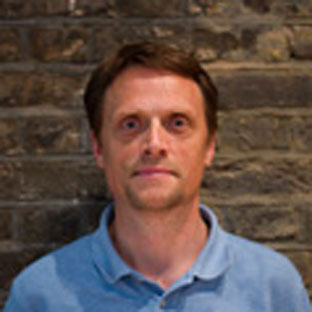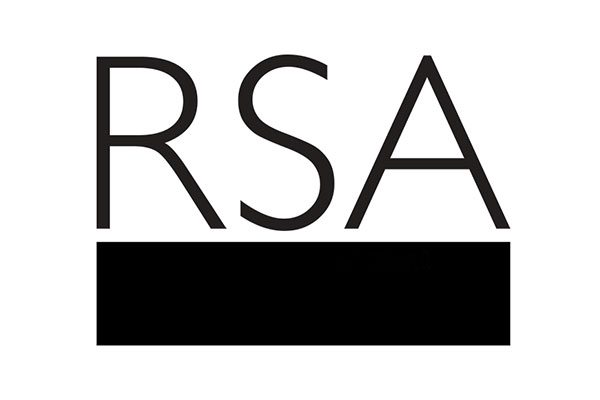Stoke, Leicester, London, Belfast: great people are meeting and committing to action but how do we get to the next stage?
Significant change tends to happen gradually. So often we only spot trends when drawn to a comparison over a longer time frame; for example, when something occurs which reminds us of an earlier event. So it was last night when I attended a splendid gathering of RSA Fellows in Belfast, some of whom had made the effort to travel across the border from the Republic.
Less than two years ago a speech invitation in Newcastle, County Down offered an opportunity to speak to Irish Fellows. It was a more informal gathering than last night and with less notice and organisation. Yet I was struck by several comparisons.
At the earlier event there was only a handful of Fellows and a polite, rather than enthusiastic, response to my urgings to be more active. Also, I had felt my encouragement was undermined by a lack of inspiring examples of mobilisation drawn from other parts of the Fellowship. Last night 25 people came together with different backgrounds and interests but, so it seemed, a shared enthusiasm for the RSA to make a greater impact in Ireland. And this time I was able to offer lots of inspiring examples of Fellow activities, from the civic days in Stoke and Leicester to FRSA networks on social enterprise and corporate responsibility, not to mention the growing list of Catalyst winners.
But in case this sounds like an exercise in organisational self-congratulation (something to which I know I am prone), as I flew home this morning my mind turned to the hard question of how engagement and enthusiasm can be channelled into positive action.
Experience tells me that constructive initiatives made to last rarely emerge from large group discussions. Instead it takes a small number of people who work intensively to develop an idea before bringing it back to the larger group in search of feedback and support. When they work most effectively, these smaller groups are bound by mutual respect and affection and shared enthusiasm (this is particularly vital for voluntary activities in which people naturally want to enjoy themselves) as welll as complementary skills, experience and resources.
My analysis of how first stage gatherings turn into second stage action suggests bad news and good. The former is that however much goodwill exists, it is hard to force these smaller groups into being. They tend to emerge spontaneously as people warm to each other and a spark of intent travels between them. The latter is that by simply gathering people together we increase the chances of these creative interactions occurring.
But what makes the most fertile territory for small group emergence? The processes I have seen applied most often tend either to be too random or too structured. So last night, for example, each person described their reasons for being at the event and it was easy to spot potential synergies. But the format didn't create enough of an opportunity to start to turn shared interests into mutual commitments. This will rely on follow up and as we all know the enthusiasm we feel in a group can quickly evaporate when we are back as individuals in our busy lives.
In contrast, events which involve post it notes and break out groups often seem to me to end up over-directing people, channelling their interest prematurely and encouraging them to make plans before they have established the interpersonal dynamic on which the viability of those plans depend.
Think how often you have experienced what happens when these respective processes fail; in the first the meeting was great but it didn’t really get anywhere, in the second we all agreed to take something forward but virtually no one followed through.
As Fellowship engagement continues to grow there are more and more events like last night (by the way, I do think RSA Ireland is going to take off) and I am really keen to find a more effective way of making the kinds of connections which lead to creative small groups. As I say, this involves not just identifying shared interests but also complementary attributes and human affinity. So the processes need to combine sharing information (about people’s interests, skills and resources) with an opportunity for people to engage in the kind of interaction which gives strong clues about the likelihood of effective team working.
Does anyone out there have any proven methods I could try out next time?
Related articles
-
Three reflections on RSA Meetups: Human connectivity and a catalyst for change
Dr Dee Gray, Alan Henry and Pam Luckock FRSAs
This blog is written as three reflections, inspired by recent on RSA regional ‘meet ups’ in north Wales. It is written by RSA Fellows Dr Dee Gray, Alan Henry and Pam Luckock.
-
How to build a social movement for the common good: key lessons from parkrun
Jack Layton
Following the award of the 2019 Albert Medal to parkrun’s founder Paul Sinton-Hewitt CBE, Jack Layton reflects on what the movement has achieved.
-
The EU Needs a New Grand Strategy And Britain Is Needed
Jukka Aminoff
In the first of a two-part series on the UK's departure from the EU, Jukka Aminoff discusses the need for a new 'grand strategy'.



Be the first to write a comment
Comments
Please login to post a comment or reply
Don't have an account? Click here to register.